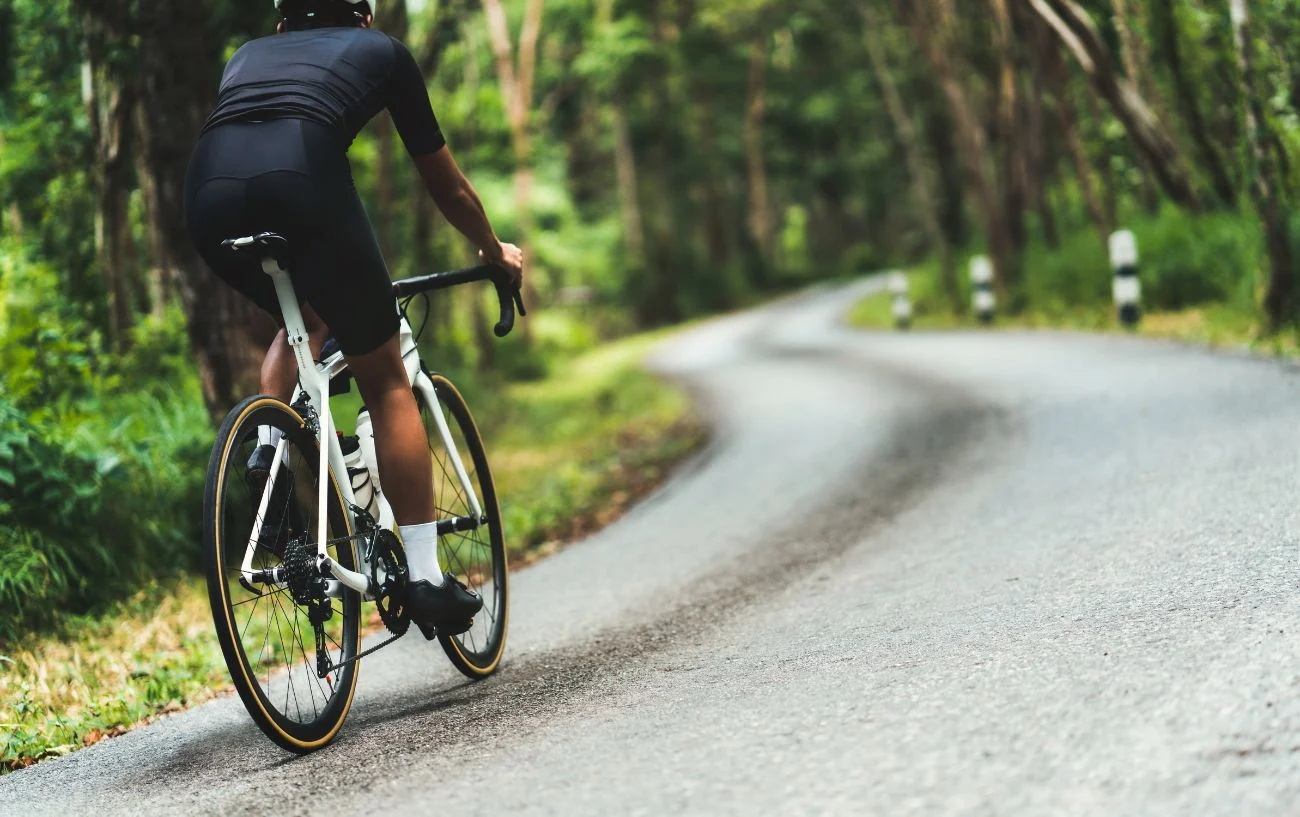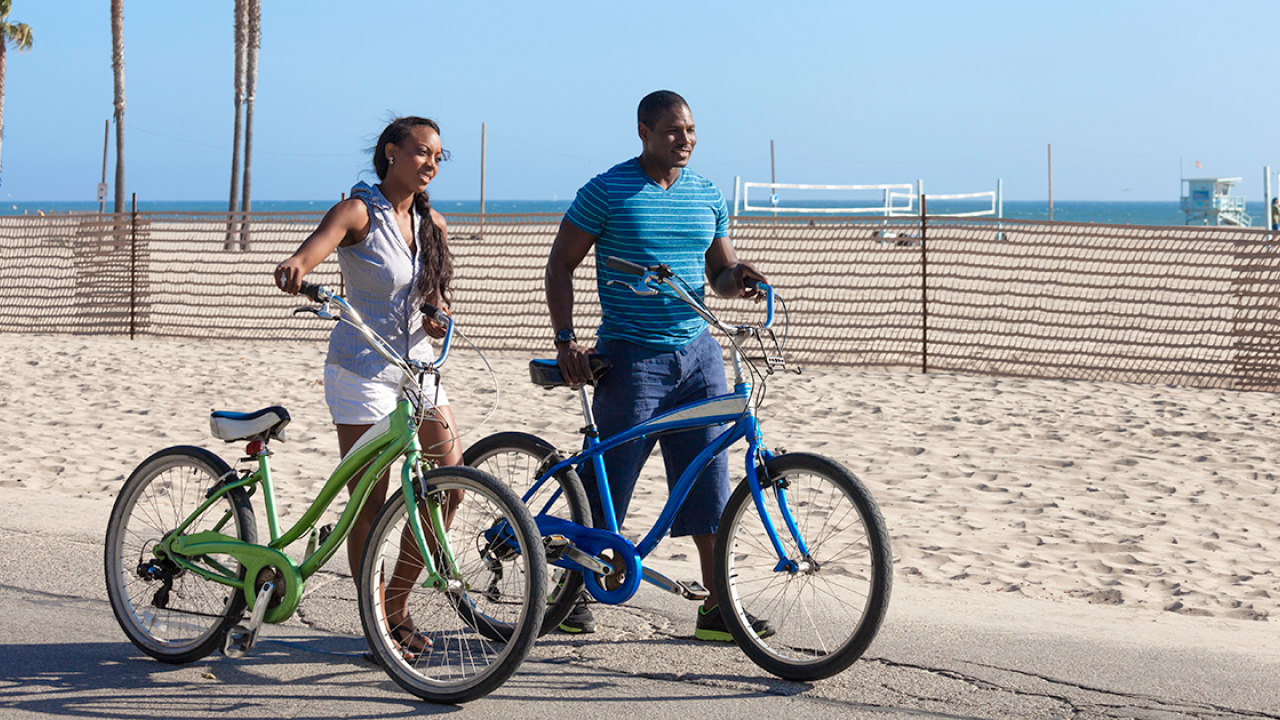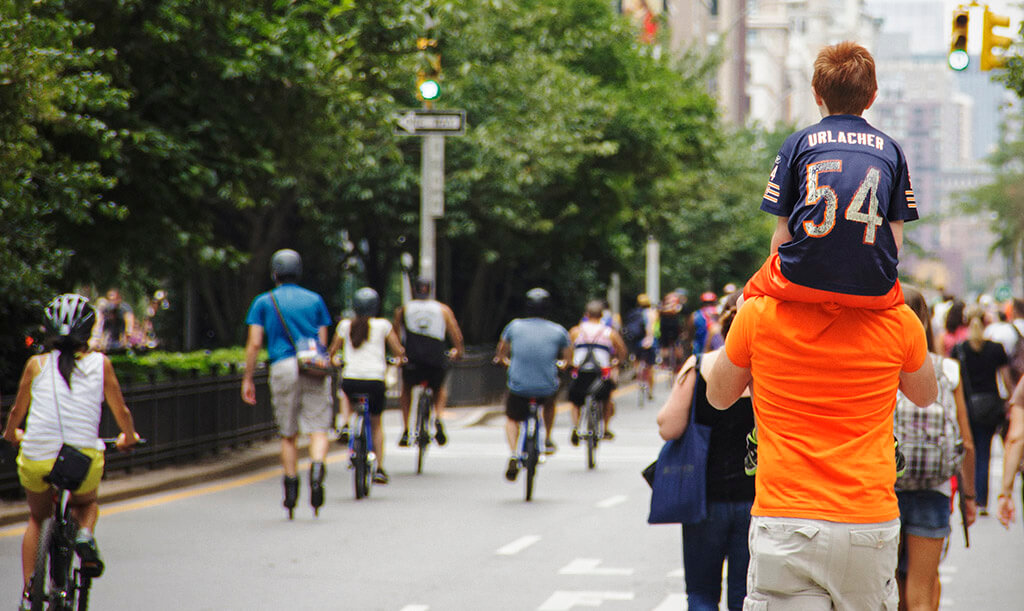I. Introduction

A. Background information on the importance of calorie expenditure
In today’s sedentary lifestyle, maintaining a healthy weight and overall well-being has become increasingly important. Calorie expenditure, or the number of calories burned through physical activity, plays a crucial role in achieving and maintaining a healthy weight. It is essential to understand the benefits of different forms of exercise and their impact on calorie burn. This article explores the calorie burn debate between two popular forms of exercise: walking and biking.
B. Introduction to the debate on calorie burn: walking vs biking
Among the various forms of exercise, walking and biking are widely accessible and popular activities. Many people engage in these activities as part of their regular fitness routine or simply as modes of transportation. The debate arises concerning which activity burns more calories. To shed light on this matter, a comprehensive comparison of the calorie burn in walking and biking, along with various influencing factors, will be examined.
II. Comparison of Calorie Burn in Walking and Biking
A. The factors affecting calorie expenditure
Several factors contribute to the number of calories burned during exercise. Understanding these factors is crucial in evaluating the calorie balance between walking and biking.
B. Energy expenditure during walking
Walking is a low-impact exercise and can be easily incorporated into daily routines. The calorie burn during walking is influenced by various factors.
- Impact of walking speed on calorie burn
The speed at which a person walks has a significant impact on the number of calories burned. This section will delve into the calorie burn at different walking speeds, ranging from slow-paced to fast-paced.
- Influence of terrain on calories burned during walking
The type of terrain on which walking takes place affects the energy expenditure. Walking on flat ground, uphill, or downhill can impact the number of calories burned. This section will explore how terrain influences the calorie burn during walking.
C. Energy expenditure during biking

Biking offers a higher intensity form of exercise compared to walking, as it involves the use of large muscle groups. Similar to walking, several factors come into play when considering the calorie burn during biking.
- The effect of cycling intensity on calorie burn
The intensity at which one cycles determines the number of calories burned. This section will explore how leisurely, moderate, and high-intensity biking affect calorie expenditure.
- Impact of terrain on calories burned during biking
Similar to walking, the type of terrain also affects the energy expenditure during biking. Flat terrain, uphill biking, and downhill biking all have varying impacts on calorie burn. This section will analyze how terrain influences the number of calories burned while biking.
III. Factors Influencing Calorie Balance between Walking and Biking

A. Comparison between average speeds of walking and biking
One of the primary factors influencing the calorie balance between walking and biking is the average speed at which the activities are performed. Typically, biking is a faster mode of transportation compared to walking. Biking allows individuals to cover greater distances in less time, leading to increased calorie burn. According to research, the average biking speed for adults ranges between 12-14 miles per hour, while the average walking speed is approximately 3-4 miles per hour.
The higher average speed of biking results in a greater exertion of energy, leading to a higher calorie burn. However, it is important to note that this comparison may vary depending on individuals’ fitness levels, terrain, and environmental factors. For instance, walking uphill or on rough terrains may require more energy compared to biking on a flat surface.
B. Duration of the exercise and calorie burn
Another factor to consider when comparing the calorie balance between walking and biking is the duration of the exercise. Generally, the longer the duration of physical activity, the higher the calorie burn. However, it is crucial to bear in mind that biking tends to cover greater distances in less time compared to walking.
For example, a leisurely bike ride of 30 minutes can burn approximately 200-300 calories, while walking at a moderate pace for the same duration may burn around 100-150 calories. Therefore, if the objective is to burn a specific number of calories, individuals may need to spend more time walking compared to biking.
IV. Health Benefits of Walking and Biking beyond Calorie Burn
A. Impact on cardiovascular health

Both walking and biking offer numerous cardiovascular health benefits. Engaging in regular aerobic exercise, such as walking or biking, can help improve heart health by strengthening the heart muscle, lowering blood pressure, and reducing the risk of cardiovascular diseases.
Walking and biking elevate the heart rate, increasing blood circulation and oxygen flow to the muscles. This improved cardiovascular system leads to a reduced risk of heart attacks, strokes, and other heart-related conditions. Additionally, these activities can help improve cholesterol levels and manage body weight, further promoting cardiovascular health.
B. Contribution to muscle strength and endurance
Walking and biking also play a significant role in enhancing muscle strength and endurance. While biking primarily targets the leg muscles, particularly the quadriceps, hamstrings, and calves, walking engages multiple muscle groups, including the lower body, core, and upper body.
Regular walking and biking help build muscle strength, leading to improved balance, stability, and coordination. The repetitive motion of pedaling or walking also enhances endurance, allowing individuals to perform physical activities for more extended periods without fatigue.
C. Mental health and stress reduction
In addition to the physical benefits, both walking and biking have positive impacts on mental health and stress reduction. Engaging in these activities release endorphins, often referred to as “feel-good” hormones, which help alleviate symptoms of anxiety and depression.
Spending time outdoors while walking or biking provides an opportunity to connect with nature, which can have a calming effect on mental well-being. Furthermore, these activities serve as a form of meditation for many individuals, allowing them to clear their mind, reduce stress levels, and improve overall mental clarity.
In conclusion, various factors influence the calorie balance between walking and biking, including average speeds and duration of exercise. Additionally, both activities offer numerous health benefits beyond calorie burn, such as improved cardiovascular health, muscle strength, endurance, and mental well-being. Incorporating walking or biking into daily routines can be a valuable step towards achieving a healthier and balanced lifestyle.



